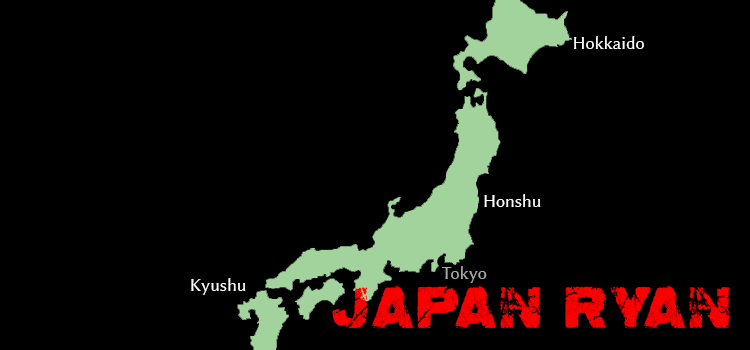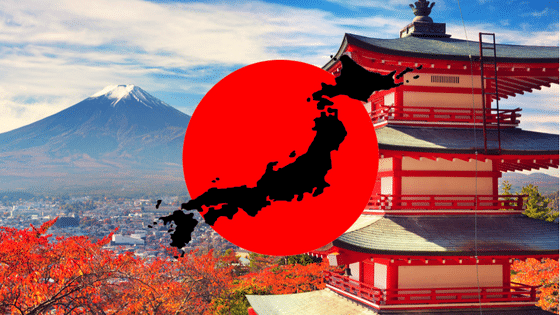The Japanese archipelago is the group of islands that forms the country of Japan, and extends roughly from northeast to southwest along the northeastern coast of the Eurasia mainland, washing upon the northwestern shores of the Pacific Ocean. It consists of islands from the Sakhalin island arc and the Northeastern Japan arc.
The term Home Islands was used at the end of World War II to define the area of Japan to which its sovereignty and the constitutional rule of the Emperor would be restricted. The term is also commonly used today to distinguish the archipelago from Japan’s colonies and other territories in the first half of the 20th century.

The Japanese Archipelago consists of 6,852 islands (“island” is defined as a land that has more than 100 m in circumference), of which 430 are inhabited. The four main islands, from north to south, are Hokkaido, Honshu, Shikoku, and Kyushu; Honshu is the largest and referred to as the Japanese mainland.
Considering how much time I spend in Tokyo, I have spent nearly all of my adventures in the largest island of Honshu. Even my favorite side-trips of Osaka and Kyoto are on Honshu island.
Here are the list of Islands and Prefectures that made up the Archipelago of Japan
- Hokkaido – The second largest island of Japan, and the largest and northernmost prefecture.
- Honshu – The largest and the most populated island of Japan, which consists of five regions.
- Tōhoku region consists of six prefectures.
- Kantō region consists of seven prefectures, including the capital of Japan which is the Tokyo Metropolis.
- Chūbu region consists of nine prefectures.
- Kansai region consists of seven prefectures.
- Chūgoku region consists of five prefectures.
- Shikoku – The smallest and the least populated island of the archipelago, which consists of four prefectures.
- Kyushu – The third largest island of the archipelago, which consists of eight prefectures, including the Okinawa Islands in the Ryukyu island arc.
- Ryukyu Islands and Okinawa Islands

I wish I could travel them all. ????
This is so cool! ??
Oh wow… they like the word ‘prefecture’…